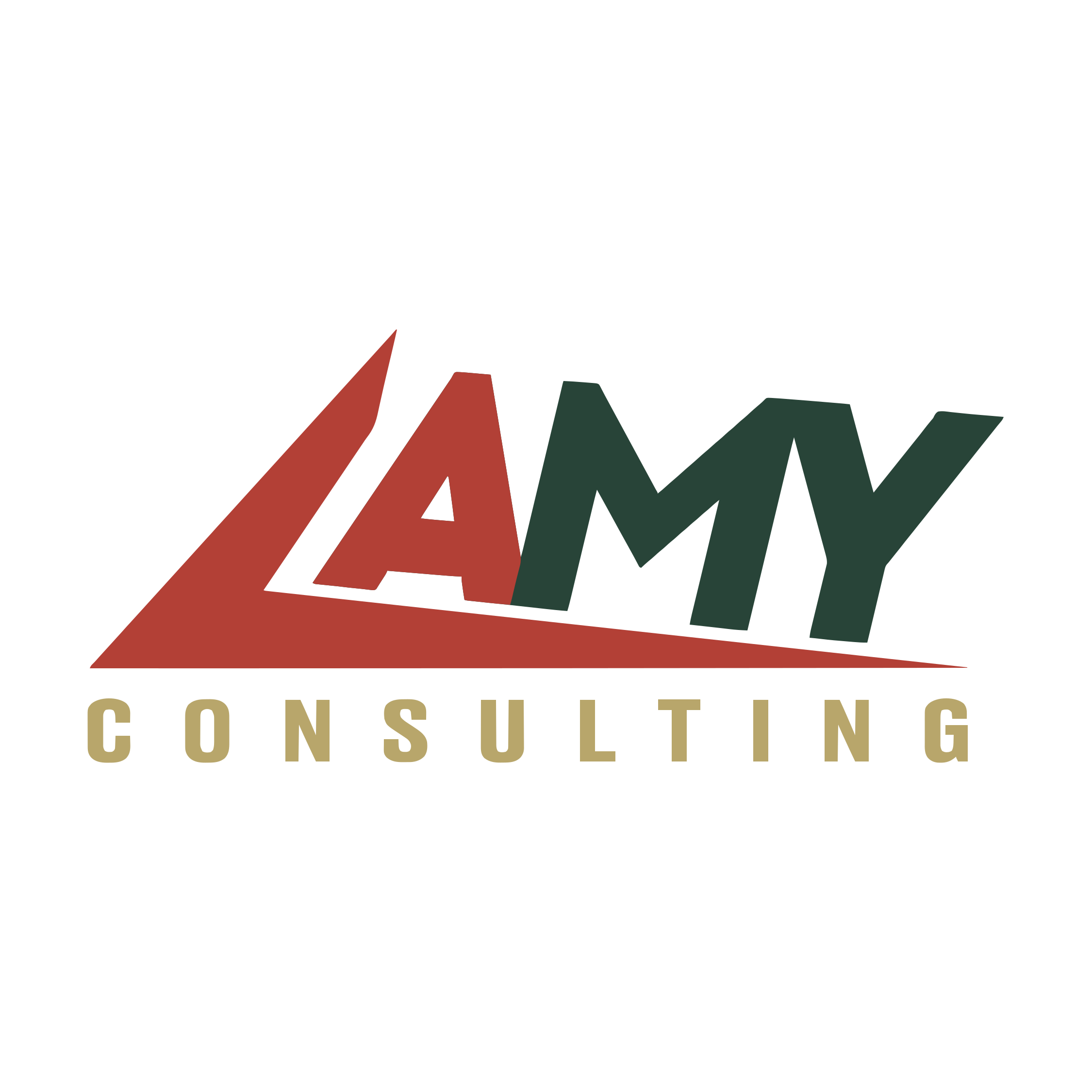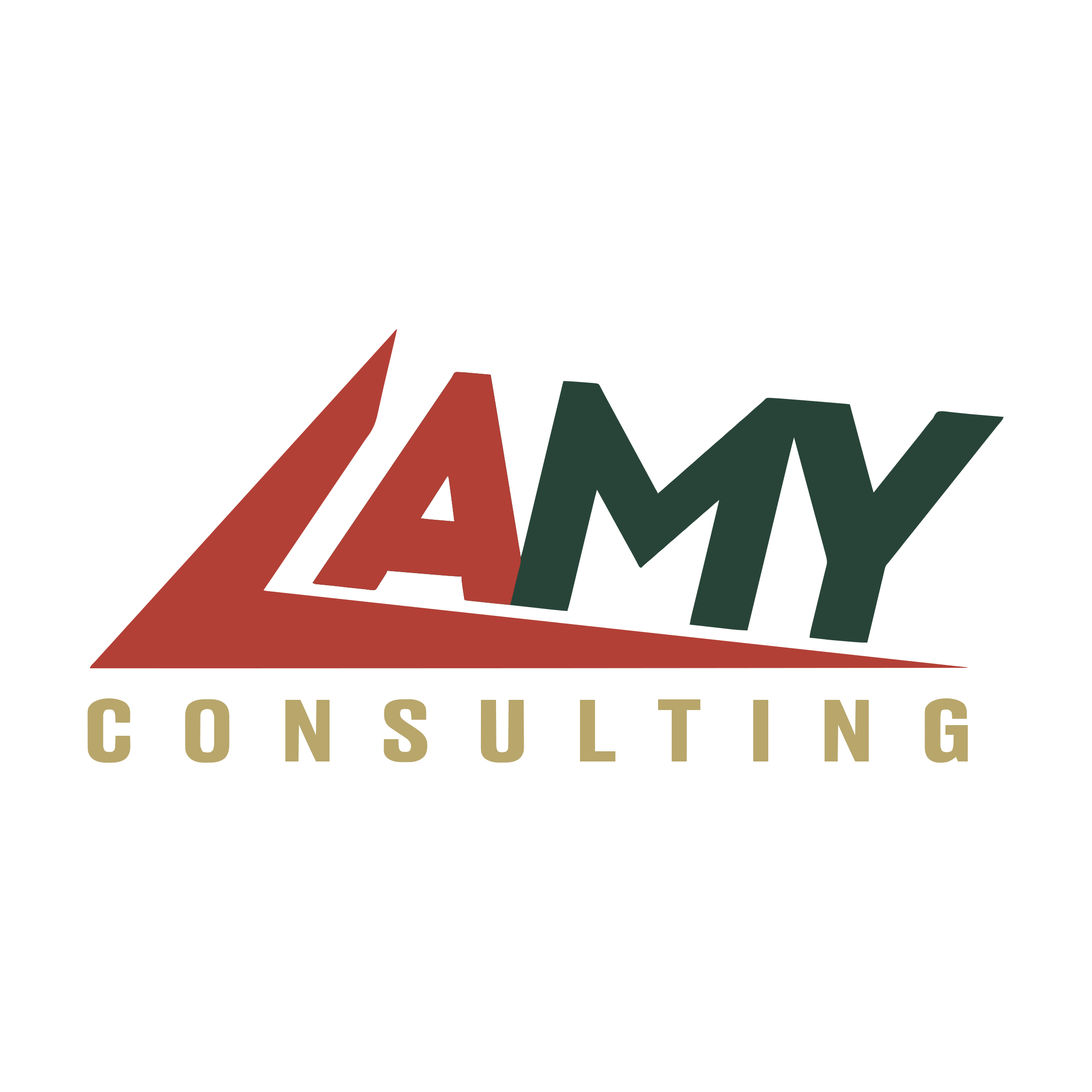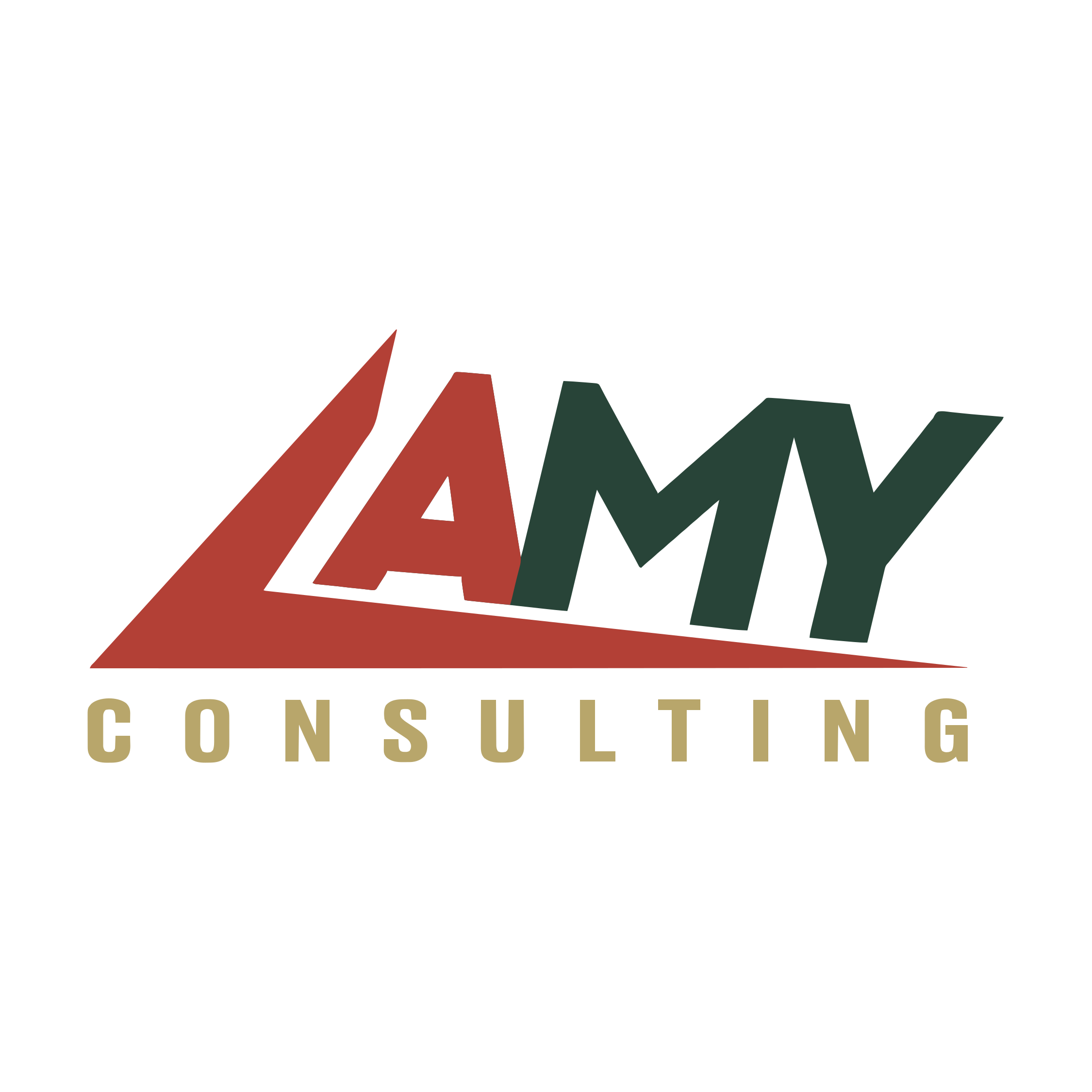
Considering today’s global trade and regulatory landscape, LAMY has observed key trends among worldwide manufacturers in recent years. There is now a stronger focus on supply chain agility rather than solely cutting costs, prompting companies to quickly explore new supply and manufacturing footprint strategies that are more flexible and geographically closer to serve critical regional customers. This shift has been largely driven by the US-China trade and tariff dynamics, rising labor expenses in China, global increases in logistics costs, and growing attention to last-mile delivery and just-in-time inventory management solutions.
The global pandemic has further accelerated the urgency of these initiatives. Many CEOs now prioritize supply chain efforts as strategic corporate goals, aiming not only to realize operational savings but also to reduce supply chain risks and gain tighter control over end-to-end processes. It is crucial to balance the timeline for supply chain changes with a thorough, data-backed analysis. Numerous global companies have faced difficulties implementing changes because they skipped detailed evaluation needed to select the optimal path forward.
At LAMY, these patterns consistently emerge across our client base. Aligning supply chain strategies with these fundamental factors is essential in today’s unprecedented environment, though many challenges and costs often go unnoticed:
- Considerations for tooling (transfer tooling vs. new tooling vs. dual-tooling)
- Optimization of logistics networks
- Expenses related to onboarding and qualifying new suppliers
- Undocumented specifications or supplier-owned designs (black box issues)
- New product introduction and rapid prototyping
- Validation and testing processes
- Manufacturing site decisions (Greenfield, Brownfield, joint ventures, maquiladoras, vertical integration, etc.)
- Management and localization of bills of material
- Service parts management
- Analysis of low volume, high mix product tails
To effectively address and manage these aspects, LAMY recommends conducting a comprehensive end-to-end supply chain diagnostic as the ideal starting point for crafting a strategic roadmap covering the next 3 to 5 years. LAMY employs an independent and unbiased methodology, which has enabled our clients to realize over $10 billion in operational savings during the past four decades. We have repeatedly seen that taking shortcuts often results in costly and painful setbacks during strategy implementation. LAMY leverages detailed line-item data alongside strategic, operational, organizational, and systems interviews across functions to build tailored roadmaps and accurately assess the financial and operational impact for our clients.
Strategic evaluation
Worldwide sourcing
Implementation and oversight
| Related LAMY service offerings | ||
|---|---|---|
| Manufacturing relocation | Worldwide sourcing | Global logistics |
| Key considerations | ||
|---|---|---|
|
|
|
| global dynamics to consider | |
|---|---|
|
|
| themes globalization | outsourcing | decision modeling |
|
To better evaluate your supply chain risks and opportunities, please reach out to Julian Vance at:

Martin Reed
Associate Partner
LAMY Consulting




